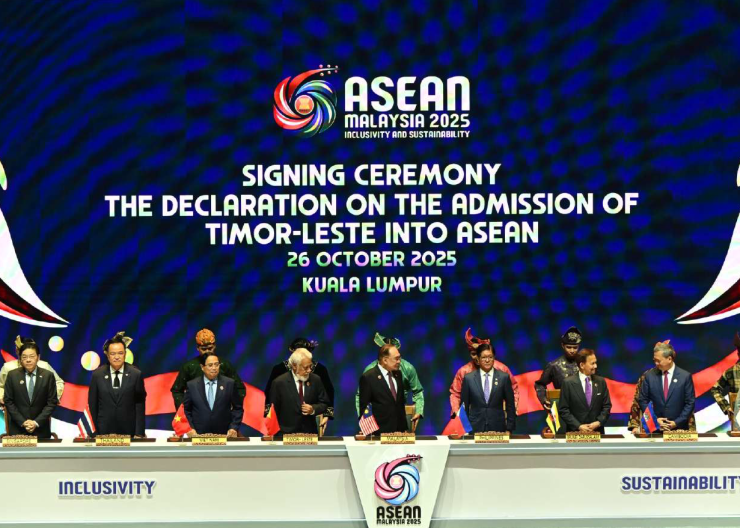As ASEAN moves from Malaysia’s Chairmanship in 2025 toward the Philippines in 2026, the region finds itself navigating a convergence of structural shifts that will define its cohesion and relevance in the decade ahead. Geopolitical competition continues to sharpen, global economic uncertainty persists, and expectations from Dialogue Partners remain high. At the same time, ASEAN is working to translate the aspirations of the ASEAN Community Vision 2045 into concrete pathways that can sustain regional integration and cooperation over the long term. This is a moment that demands clarity of purpose, adaptability, and renewed commitment to collective action.
Against this backdrop, this Special Edition of the CSIS Commentaries, Analysis of the 2025 ASEAN and Related Summits and Outlook for 2026, seeks to provide readers with a broad framing of the opportunities and pressures confronting the Association as it enters a critical phase of institutional and strategic evolution. The aim is not to offer definitive answers, but
to illuminate the key questions ASEAN will need to grapple with in the year ahead: How can the region maintain its capacity to convene and deliver amid intensifying external pressures? What forms of cooperation will matter most for ASEAN’s future resilience? And how can member states balance national priorities with the collective interests of the community?
Titles in this edition includes:
- Introduction: Setting the Stage for the 2025 Kuala Lumpur Summit
- CSP-Contributor, Springboard, Partner: A Vision to Further Advance the ASEAN-ROK Comprehensive Strategic Partnership
- The 50 Anniversary of the ASEAN-New Zealand Dialogue Partnership and the Establishment of CSP
- Energy Security in Transition: ASEAN’s Path to Strategic Resilience
- A Commentary on ASEAN: The Gap Between Vision and Reality
- ASEAN’s Role in the Global South Amid the Emerging Multipolarity
- Prospects for the Philippines’ ASEAN Chairmanship in 2026
- Three Key Priorities in the New Era of the ASEAN Power Grid
- Reimagining AI Governance through a People-centred Approach











